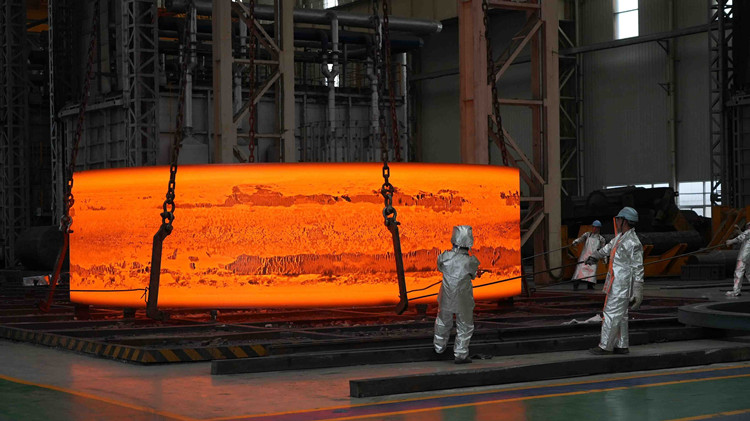- tyler@kirail.com
- +86 15603721115
Manufacturers forge metals by applying heat combined with compression methods such as rolling, hammering, and pressing until the metal reaches the desired shape. There are a variety of methods for forging metal, each of which brings different benefits to the production line. Common methods include:

1. Drop Hammer Forging
Drop Hammer Forging requires the use of a hammer and die to forge the metal into the desired shape. Drop Hammer Forging can use open or closed dies, depending on the project details.
2. Press Forging
Press forging uses multiple dies instead of one die like a hammer. Pressure is applied continuously and slowly, either hydraulically or mechanically, until the metal reaches the desired shape.
3. Roll Forging
Also known as roll forming, roll forging uses cylindrical or semi-cylindrical rollers with shaped grooves to compress a metal bar into the desired shape.
Conclusion
The above methods are often combined with heating to increase the ductility of the metal. Hot forging allows manufacturers to change the mechanical and structural properties of metals to provide certain characteristics, such as tensile strength or ductility. This method can also help further remove impurities in the metal that could cause voids or cracks.